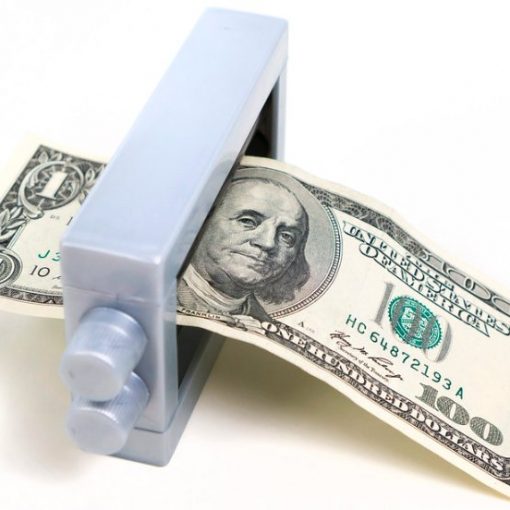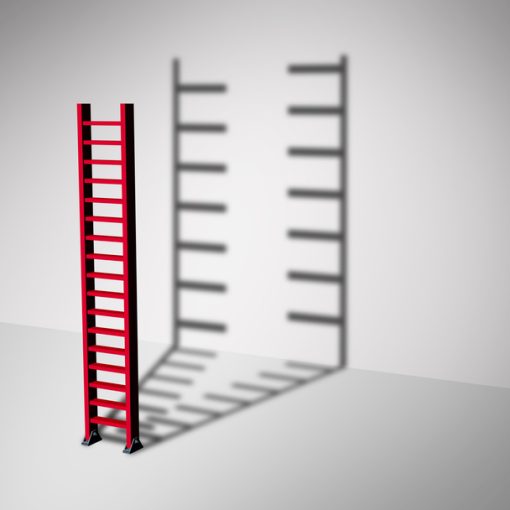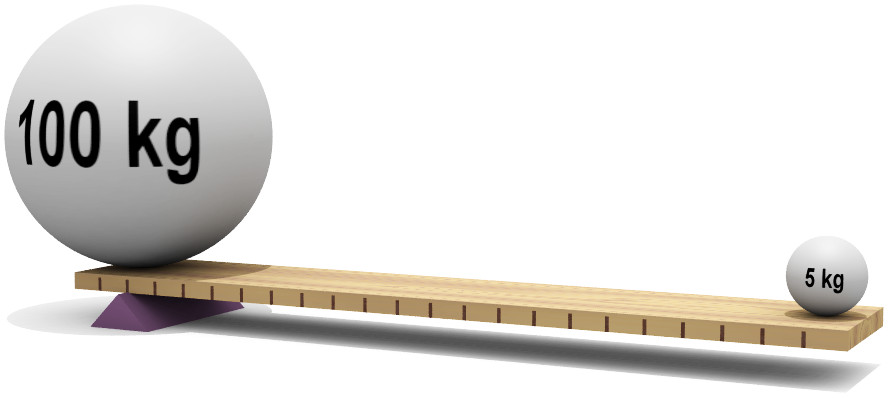American corporations are enjoying near-record profit margins thanks in part to a slowly improving economy, and also to cutting costs to the bone after the financial crisis. Many companies are flush with cash, but they aren’t exactly using that money to reinvest in their own businesses — rather, they are returning massive amounts of capital to shareholders in the form of dividends and stock buybacks.
In particular, companies repurchasing their shares have helped fuel the explosive rally in the S&P 500 stock index (SPX) over the last five years.
However, there are signs that corporate buying spree may be slowing down. Also, the impact of those buybacks may be diminishing.
There’s no denying, though, that companies still have a big appetite for their own shares. Through April of this year, U.S. companies bought back $255 billion worth of their own shares. However, that’s down from the $355 billion pace during the same time-frame last year.
Equity strategists at major Wall Street firms watch this trend carefully, since there is at least some correlation between buybacks and stock outperformance. It’s often considered a sign of confidence by managements that their share prices are undervalued and will head up.
Share buybacks can sometimes create a virtuous cycle. By reducing the number of shares outstanding, a company’s earnings per share goes up. That makes a company’s valuation more attractive and can cause the stock price to appreciate.
The bull market in the U.S. has been heavily propped up by share buybacks, according to John Higgins of Capital Economics. Higgins also points to the explosive growth of the S&P 500 Buyback Index, which tracks the 100 shares with the highest buy-back ratios.
If buybacks contract in a big way, the current stock market rally may lose a substantial source of support. Meantime, some argue that investors should be extra careful when it comes to investing in companies that buy back a lot of their shares.
Some players like IBM have been criticized for spending too much money on share buybacks instead of investing in new businesses and workers. Or as the Wall Street Journal pointed out in a post earlier this year:
“For the past 20 years, IBM has been an avid, methodical buyer of its own stock. In 1993, it had 2.3 billion shares outstanding. Today it has 1.1 billion, shrinking at more than 1% per quarter over the past few years. At that pace, there will be no more publicly traded IBM shares left by 2034.”
Research by William Lazonick, a professor at the University of Massachusetts, shows that while buybacks often provide a short-term sugar hit, they can reflect weakness and reflect lower margins and growth prospects over the longer term.
According to his analysis of four decades of data, buybacks tend to increase at the same time that spending on research and development is falling. In other words, companies that should be reinvesting in their businesses are looking for instant gratification through buybacks.
The key distinction to make, according to Jason Zweig at the Wall Street Journal, is whether or not a buyback really reflects that shares are trading below the total value of their future cash flows. The second and related consideration is whether capital expenditures or acquisitions are likely to offer a higher rate of return. If not, then share buybacks can make sense.
DISCLAIMER: The investments discussed are held in client accounts as of April 30, 2013. These investments may or may not be currently held in client accounts. The reader should not assume that any investments identified were or will be profitable or that any investment recommendations or investment decisions we make in the future will be profitable. Past performance is no guarantee of future results.




